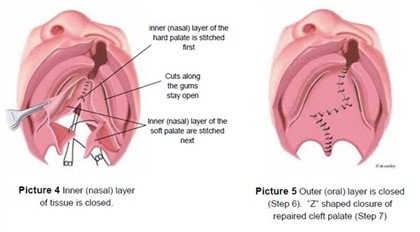A nurse is preparing to administer medication to a child through an enteral tube. Which of the following actions should the nurse take after administering the medication?
Flush the tubing.
Clamp the tubing
Check patency of the tubing
Aspirate the tubing
The Correct Answer is A
Nursing Test Bank
Naxlex Comprehensive Predictor Exams
Related Questions
Correct Answer is C
Explanation
The nurse should inform the family that the client has the right to refuse medication. It is important to
respect the client's autonomy and right to make decisions about their own care.
a) Scheduling the medication at meal times does not address the issue of the client refusing their medication.
b) Requesting that the family talk to the provider about administering the medication by injection may be an option, but it does not address the issue of informed consent.
d) Asking the family what foods the client likes does not address the issue of informed consent and could be seen as a way to deceive the client into taking their medication.
Correct Answer is B
Explanation
The nurse should include maintaining elbow restraints on the infant in the plan of care following cleft palate repair. This helps to prevent the infant from touching their surgical site and disrupting the healing process.
a) Allowing the infant to have soft foods may be appropriate, but it is not the highest priority. The infant's diet should be determined by the provider and based on the infant's individual needs.
c) Instructing the parents to feed the infant with a spoon may be appropriate, but it is not the highest priority. The infant's feeding method should be determined by the provider and based on the infant's individual needs.
d) Telling the parents to avoid brushing the infant's teeth for two weeks may be appropriate, but it is not the highest priority. The infant's oral care should be determined by the provider and based on the infant's individual needs.

Whether you are a student looking to ace your exams or a practicing nurse seeking to enhance your expertise , our nursing education contents will empower you with the confidence and competence to make a difference in the lives of patients and become a respected leader in the healthcare field.
Visit Naxlex, invest in your future and unlock endless possibilities with our unparalleled nursing education contents today
Report Wrong Answer on the Current Question
Do you disagree with the answer? If yes, what is your expected answer? Explain.
Kindly be descriptive with the issue you are facing.
